BGS data supports new tool to track geological changes in abandoned coal mines
BGS data supports new tool to track geological changes in abandoned coal mines.
20/11/2020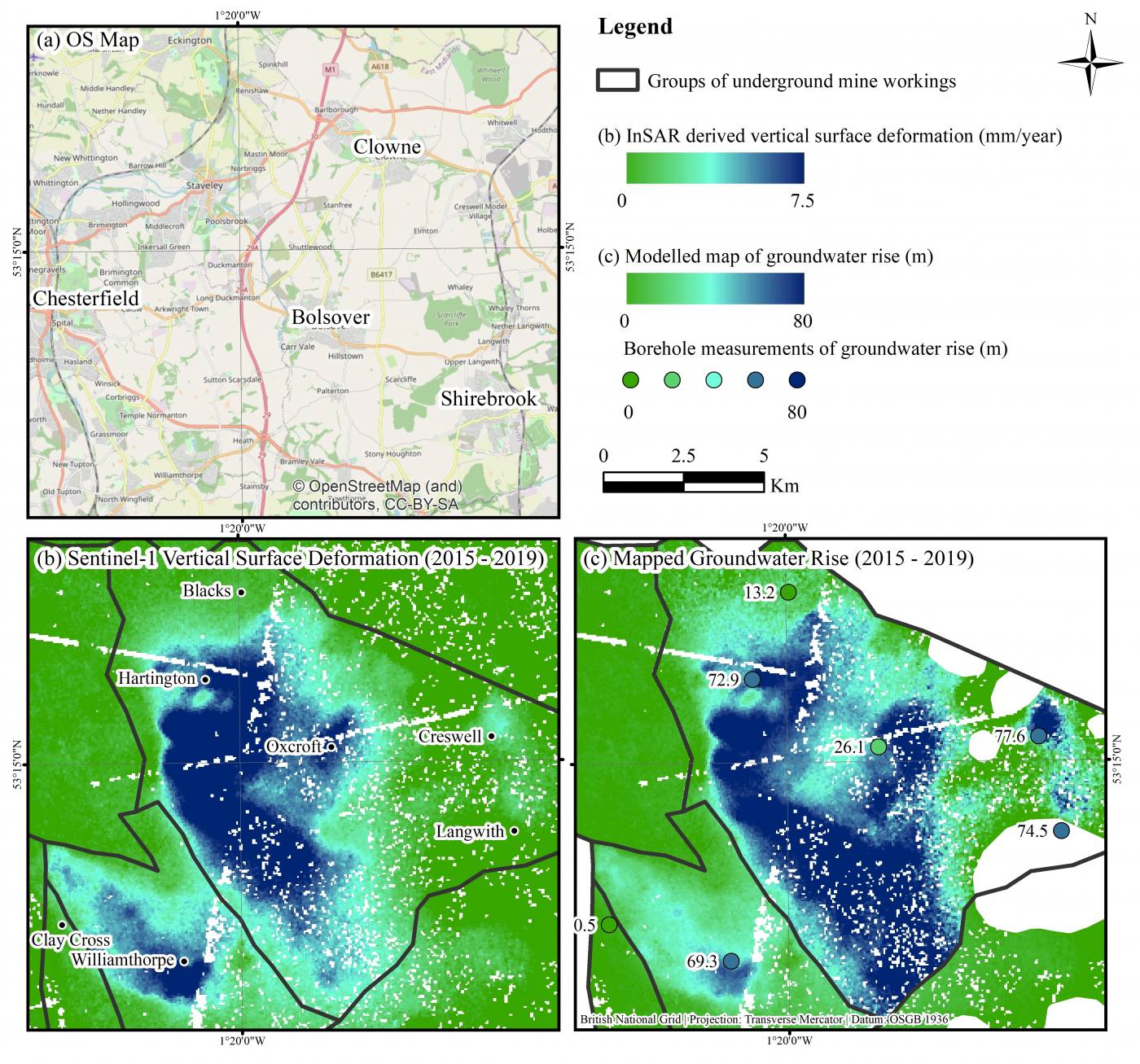
BGS is part of a multi-disciplinary team led by the University of Nottingham to develop a remote monitoring tool designed to help authorities manage public safety and environmental issues in recently abandoned coal mines.
The tool uses satellite radar imagery to capture millimeter-scale measurements of changes in terrain height. These measurements, when integrated with geological process models, can be used to monitor and forecast groundwater levels and changes in geological conditions deep below the earth’s surface in former mining areas. Ultimately this can help forecast where surface discharge of mine water may occur.
The study uses an advanced InSAR technique, called Intermittent Small Baseline Subset (ISBAS), developed by the University of Nottingham and Terra Motion Ltd and uses geological data provided by the BGS.
The method has been implemented over Nottinghamshire coalfields and the findings published in a paper ‘Modelling groundwater rebound in recently abandoned coalfields using DInSAR’ in the journal Remote Sensing of the Environment.
The team hopes to integrate results into an existing screening tool developed by the Environment Agency and Coal Authority to help local planning authorities, developers and consultants design sustainable drainage systems in coalfield areas, with potential to be scaled to coalfields across the UK.
The research was led by University of Nottingham PhD, David Gee and funded by the GeoEnergy Research Centre and Terra Motion Limited. ENVISAT and Sentinel-1 SAR data were provided by the European Space Agency with geological data by BGS and hydrogeological data by the Coal Authority.
Luke Bateson and Alessandro Novellino from the BGS Earth Observation and Geodesy capability have supported the geological interpretation and modelling of the InSAR results.
Read the full story on the University of Nottingham website
You can read more about the Interferometric Synthetic Aperture Radar (InSAR) technique from BGS Remote Sensing Geologist, Alessandro Novellino in ‘Mapping Ground Deformation from Space’, on the British Geological Survey blog.

Luke Bateson
Acting head of shallow geohazards and Earth observation; head of geodesy and remote sensing (Keyworth)

Dr Alessandro Novellino
Remote sensing geoscientist
Relative topics
Related news
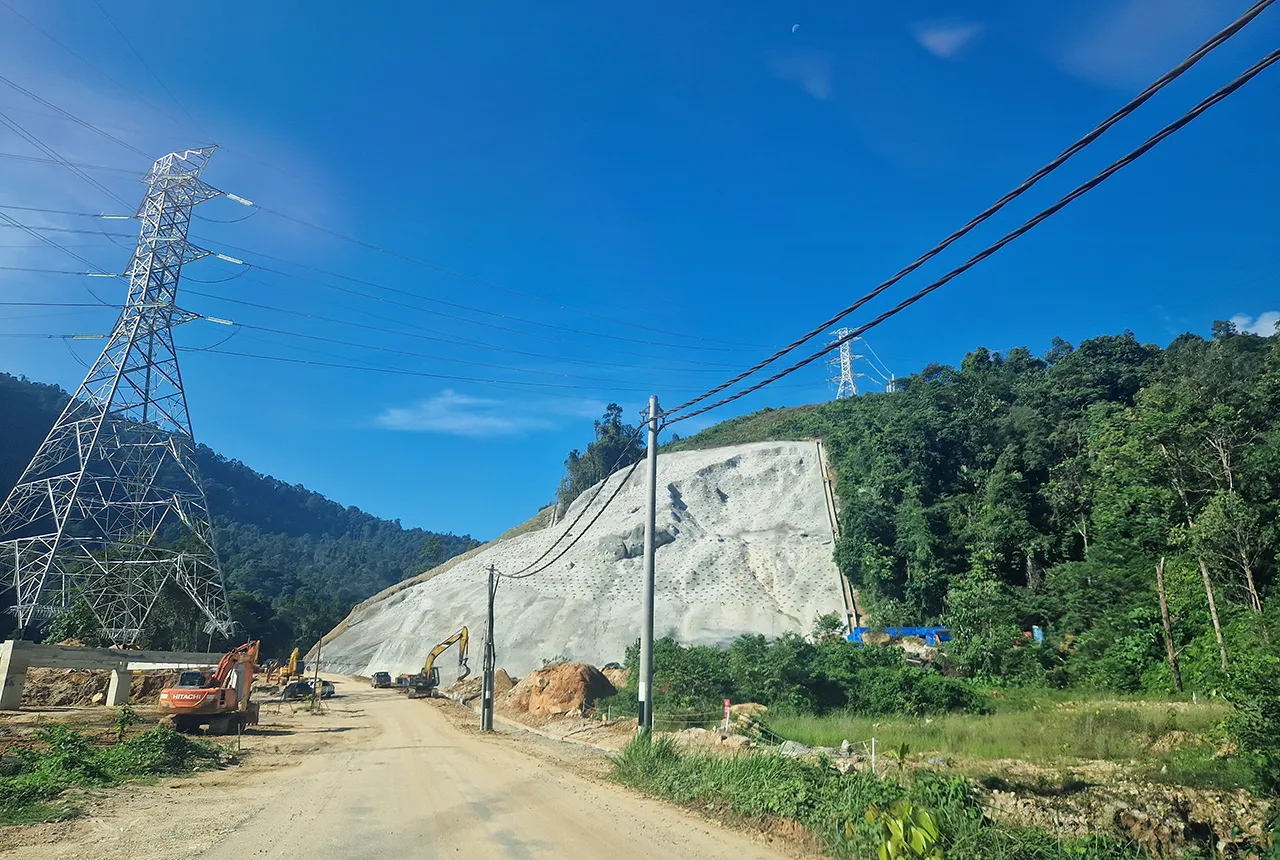
BGS awarded funding to support Malaysia’s climate resilience plan
17/12/2025
The project, funded by the Foreign, Commonwealth & Development Office, will focus on minimising economic and social impacts from rainfall-induced landslides.
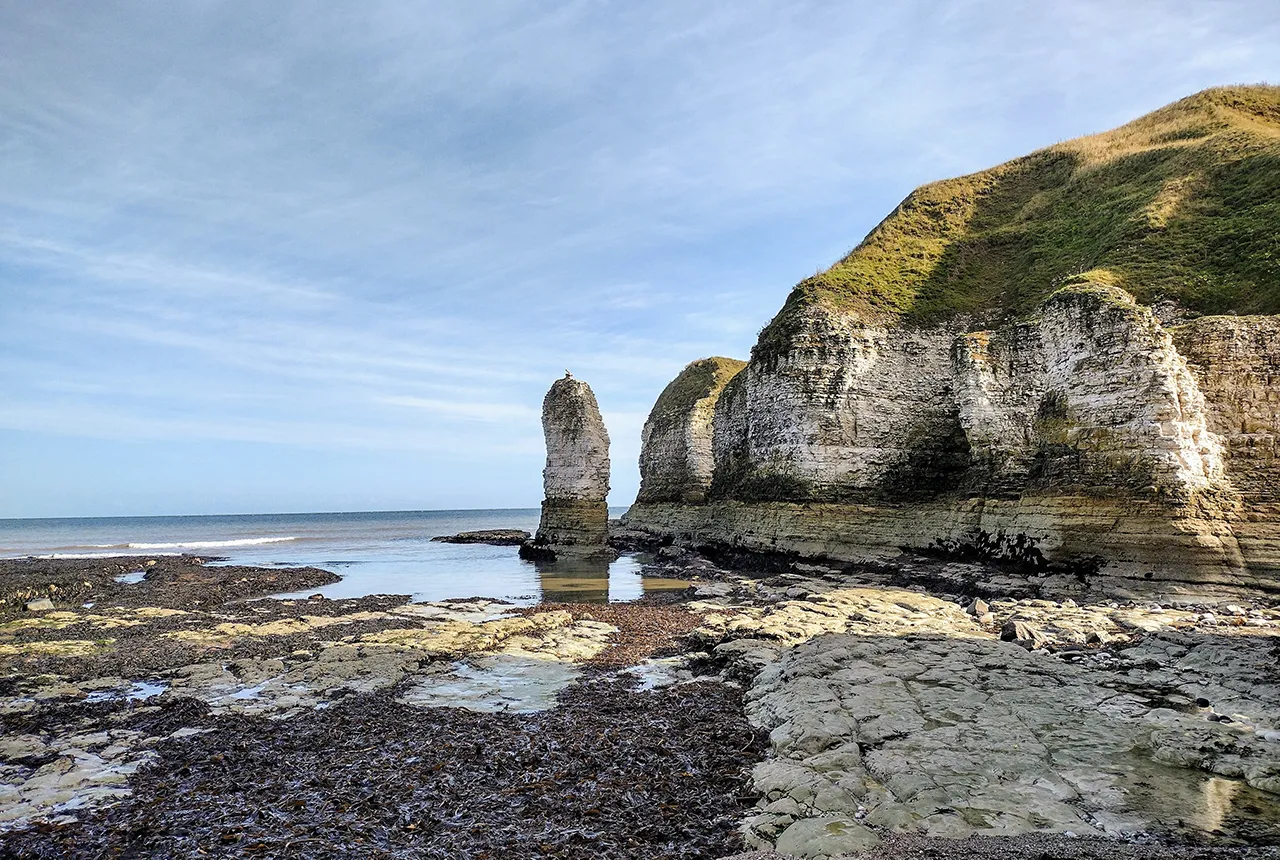
New geological maps of the Yorkshire Wolds to better inform groundwater management and policy decisions
17/12/2025
The new mapping provides crucial data on localised geological issues that may assist in protecting water supplies.
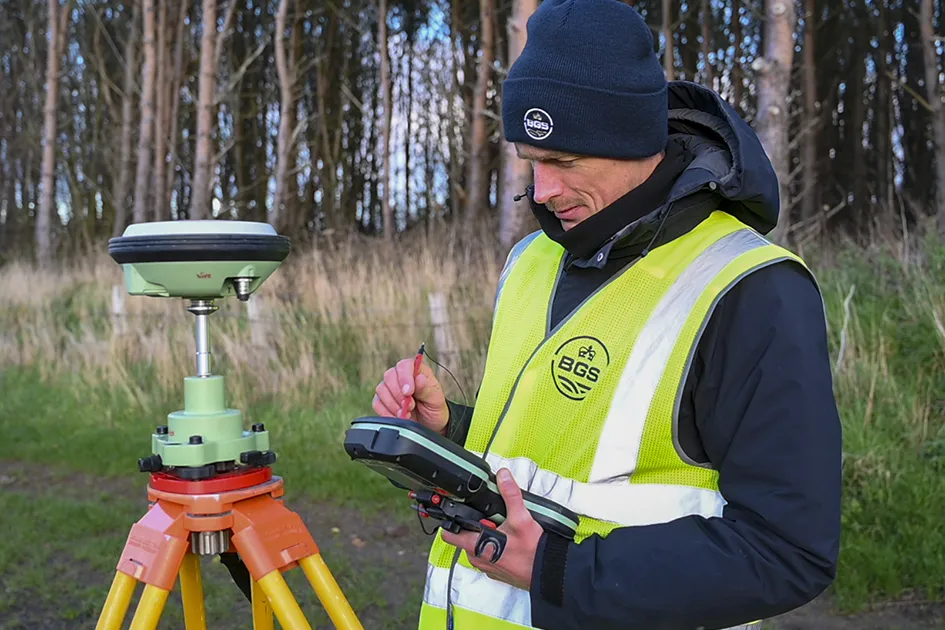
‘Three norths’ set to leave England and not return for hundreds of years
12/12/2025
The historic alignment of true, magnetic, and grid north is set to leave England, three years after they combined in the country for the first time since records began.
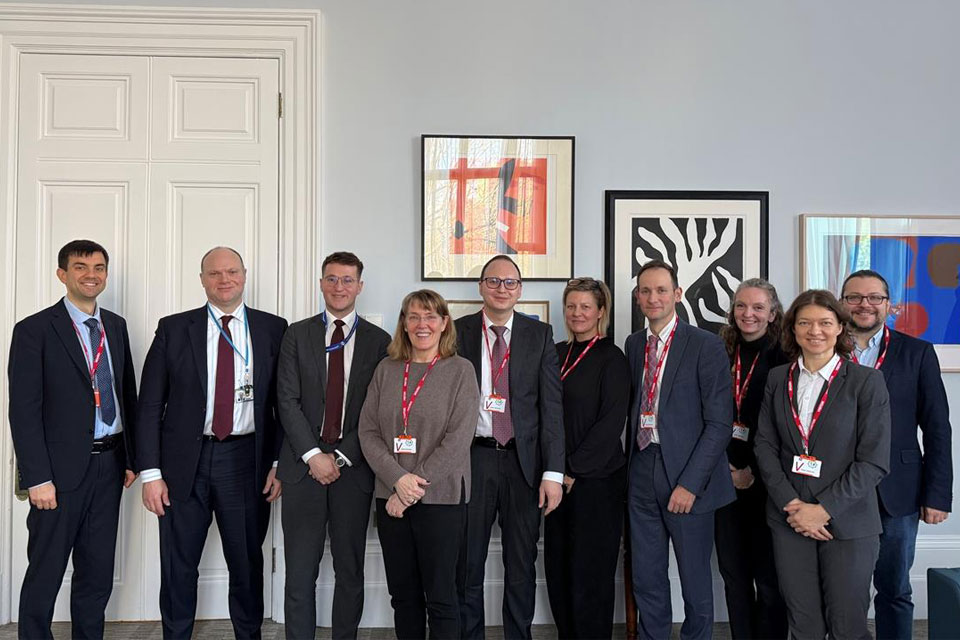
BGS agrees to establish collaboration framework with Ukrainian government
11/12/2025
The partnership will focus on joint research and data exchange opportunities with Ukrainian colleagues.
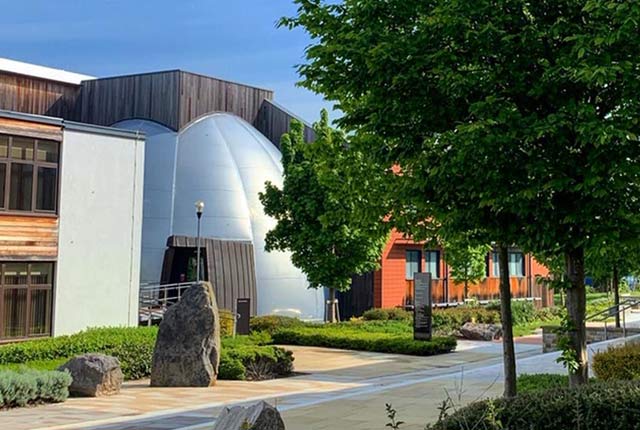
Making research matter: BGS joins leading research organisations in new national initiative
10/12/2025
A new alliance of 35 organisations has been formed that is dedicated to advancing science for the benefit of people, communities, the economy and national priorities.

New 3D model to help mitigate groundwater flooding
08/12/2025
BGS has released a 3D geological model of Gateshead to enhance understanding of groundwater and improve the response to flooding.
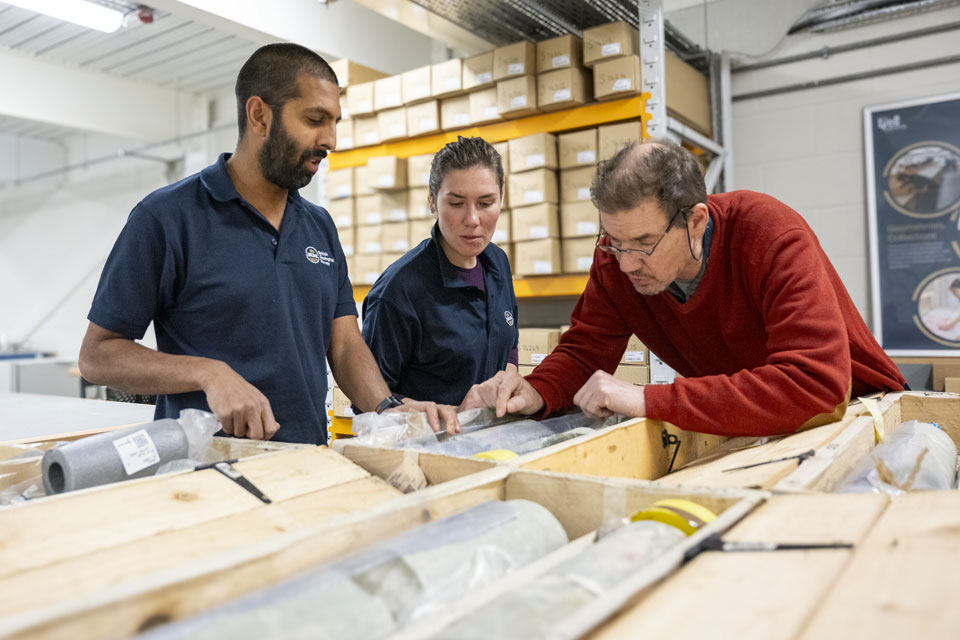
Scientists gain access to ‘once in a lifetime’ core from Great Glen Fault
01/12/2025
The geological core provides a cross-section through the UK’s largest fault zone, offering a rare insight into the formation of the Scottish Highlands.
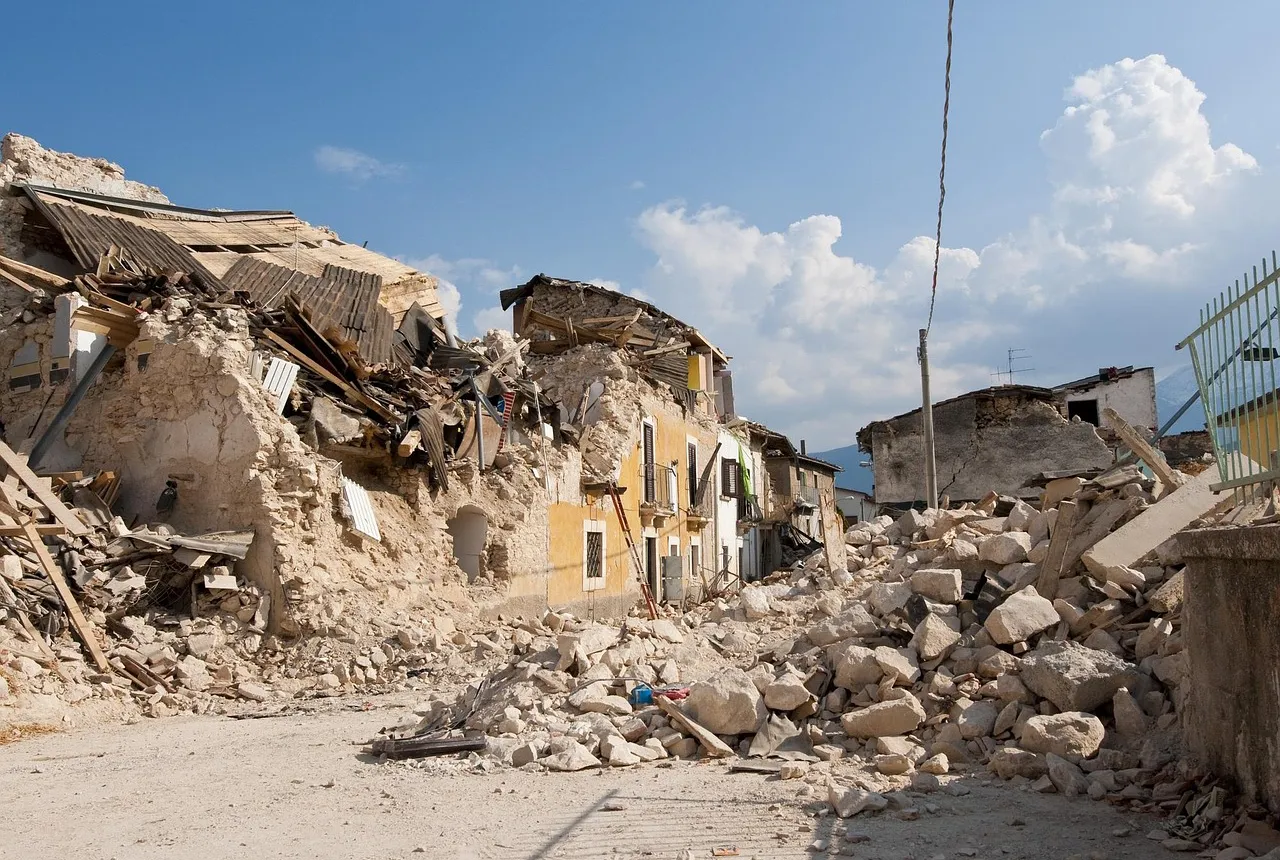
New research shows artificial intelligence earthquake tools forecast aftershock risk in seconds
25/11/2025
Researchers from BGS and the universities of Edinburgh and Padua created the forecasting tools, which were trained on real earthquakes around the world.
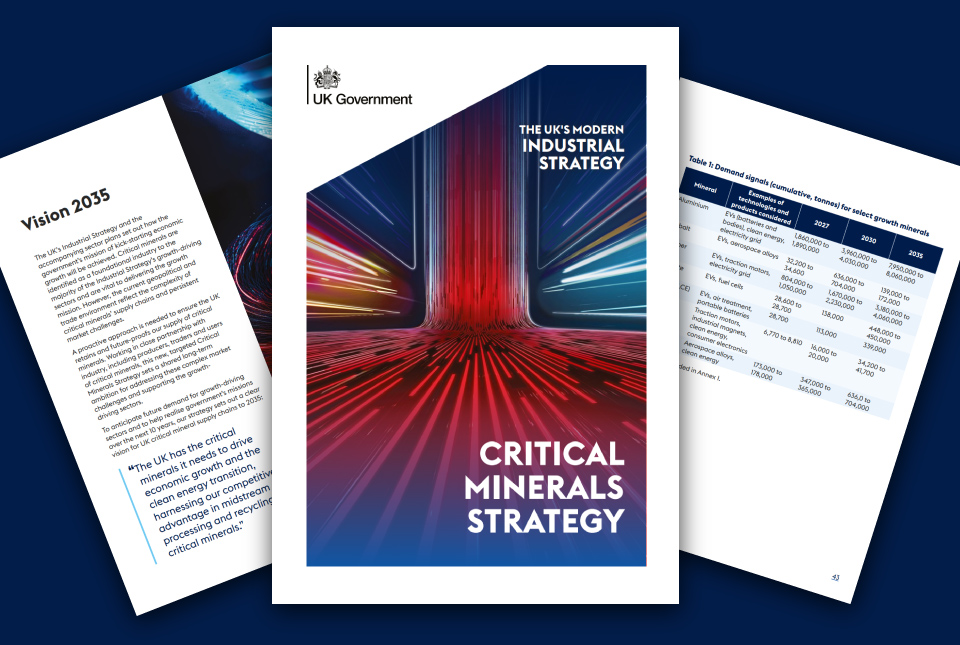
BGS welcomes publication of the UK Critical Minerals Strategy
23/11/2025
A clear strategic vision for the UK is crucial to secure the country’s long-term critical mineral supply chains and drive forward the Government’s economic growth agenda.
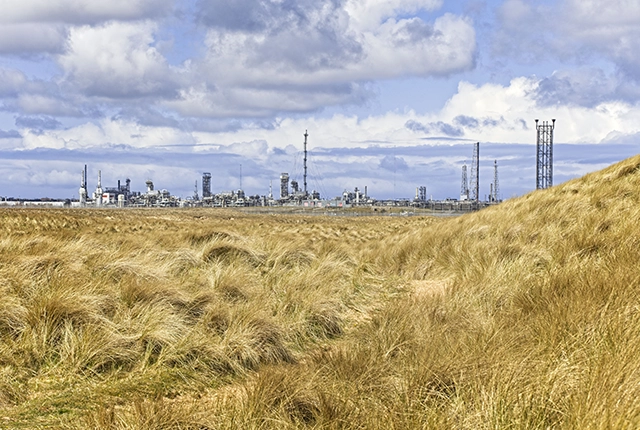
New funding awarded for UK geological storage research
21/11/2025
A project that aims to investigate the UK’s subsurface resource to support net zero has been awarded funding and is due to begin its research.

UK braced for what could be the largest solar storm in over two decades
12/11/2025
Intense geomagnetic activity could disrupt technology such as communication systems, global positioning systems and satellite orbits.
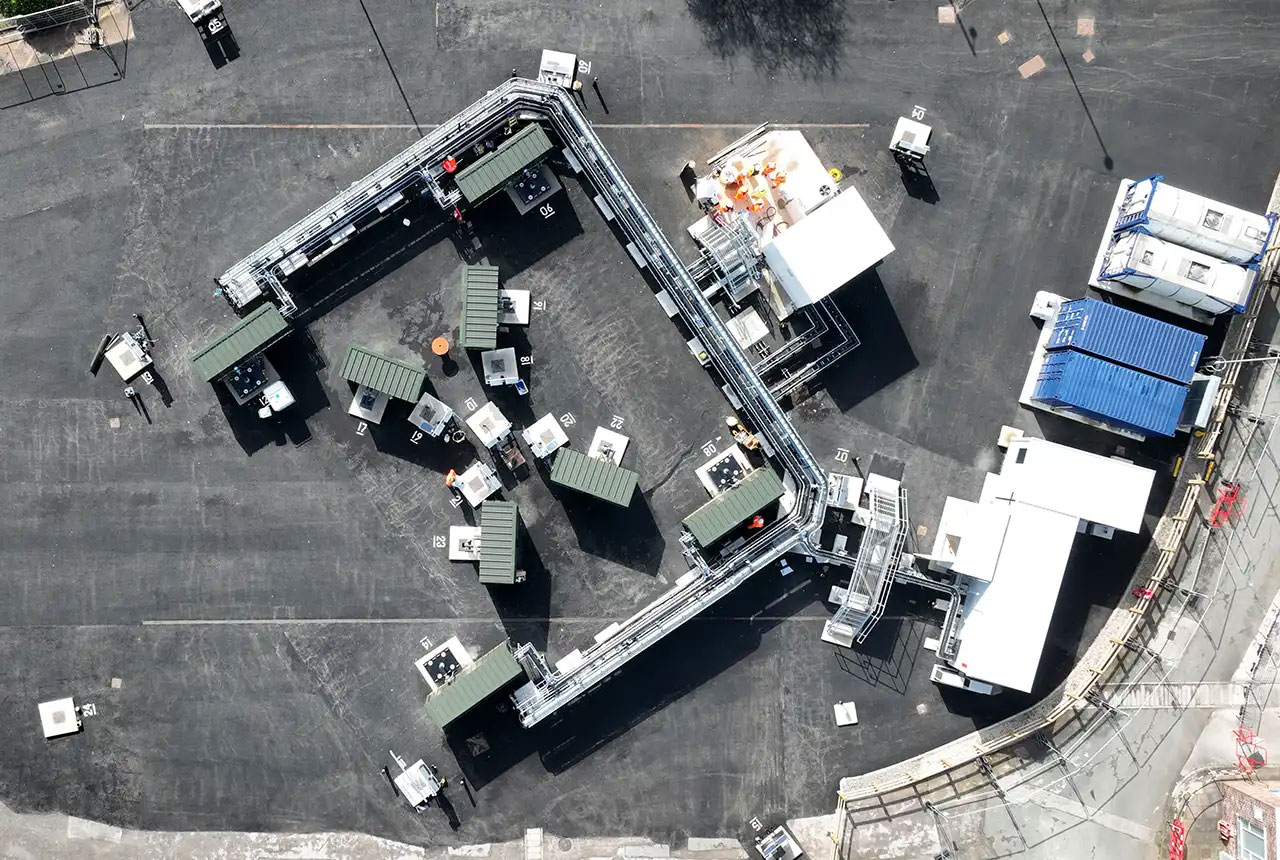
First distributed acoustic sensing survey completed at UK Geoenergy Observatory
12/11/2025
New research at the Cheshire Observatory has shown the potential for mapping thermal changes in the subsurface using sound waves.


